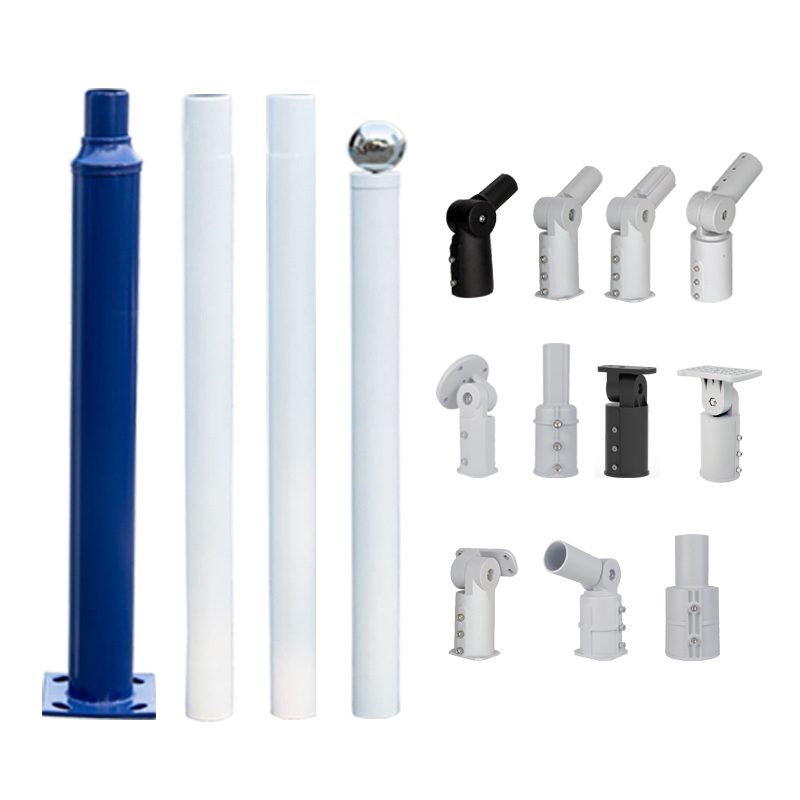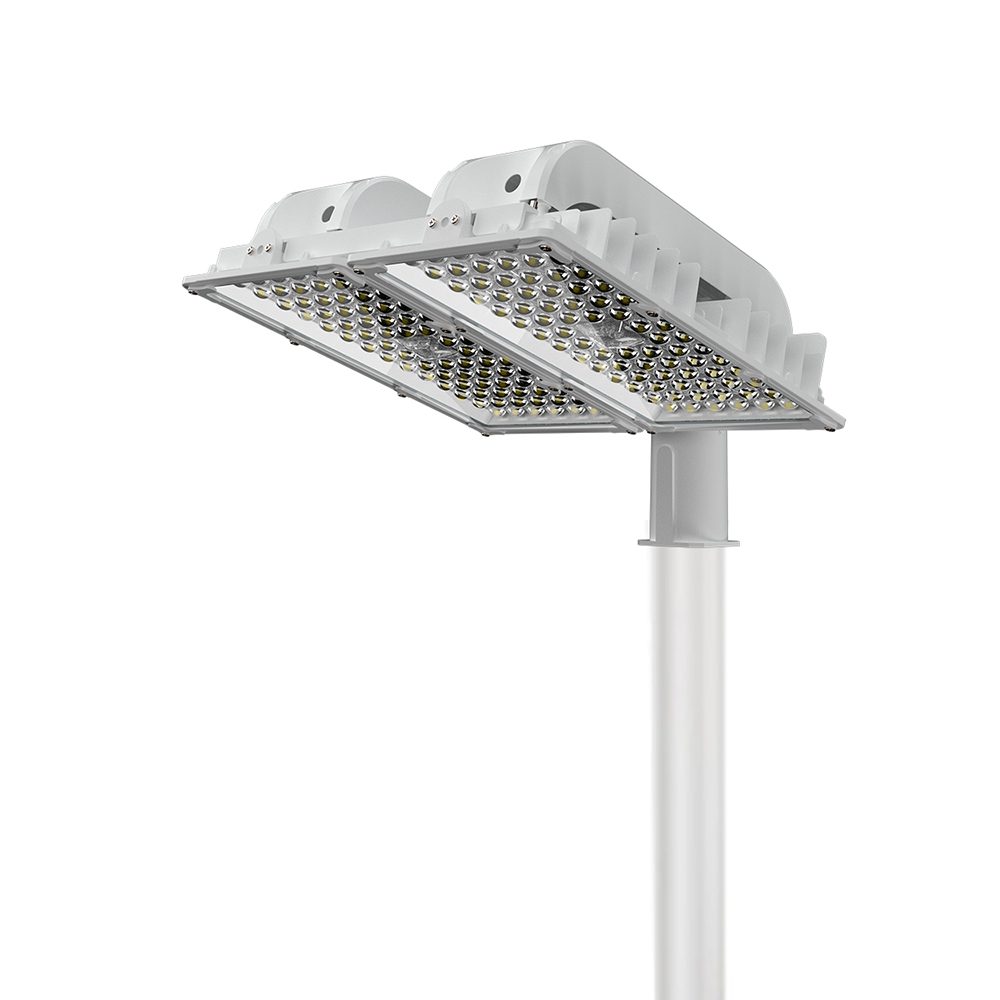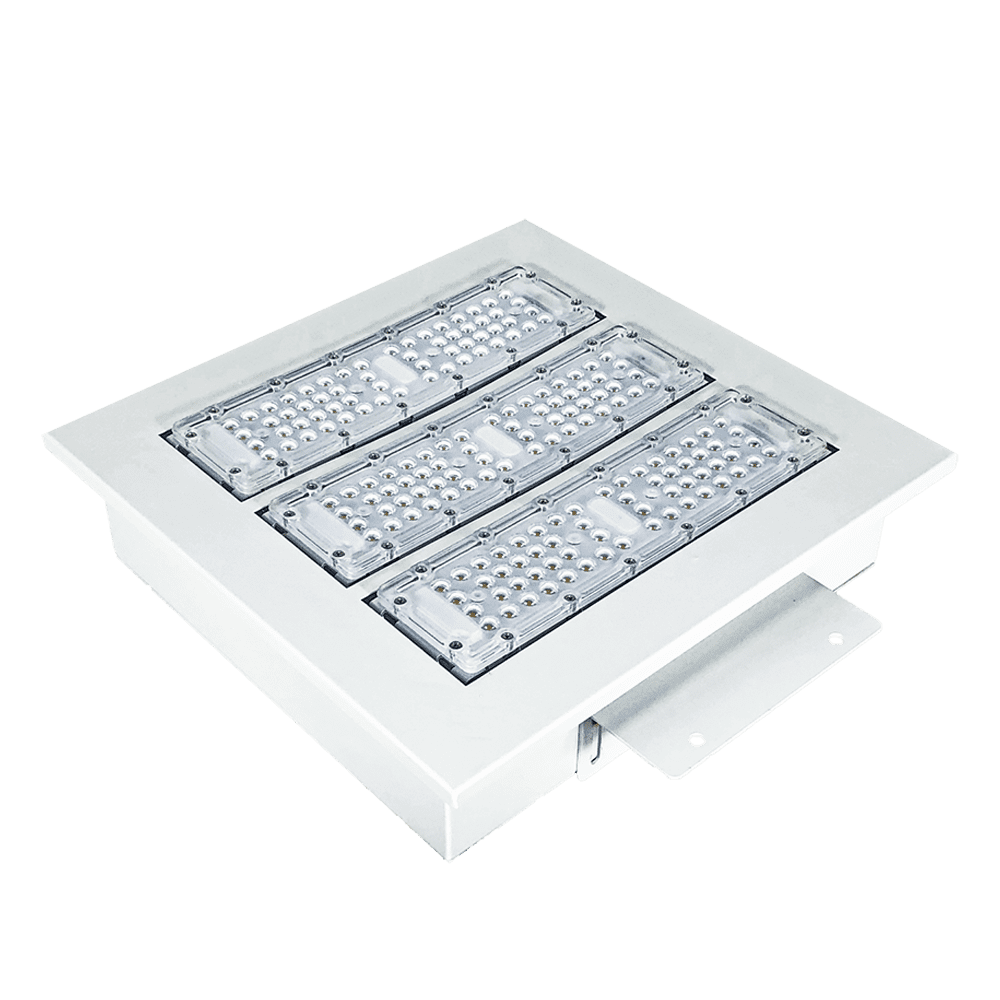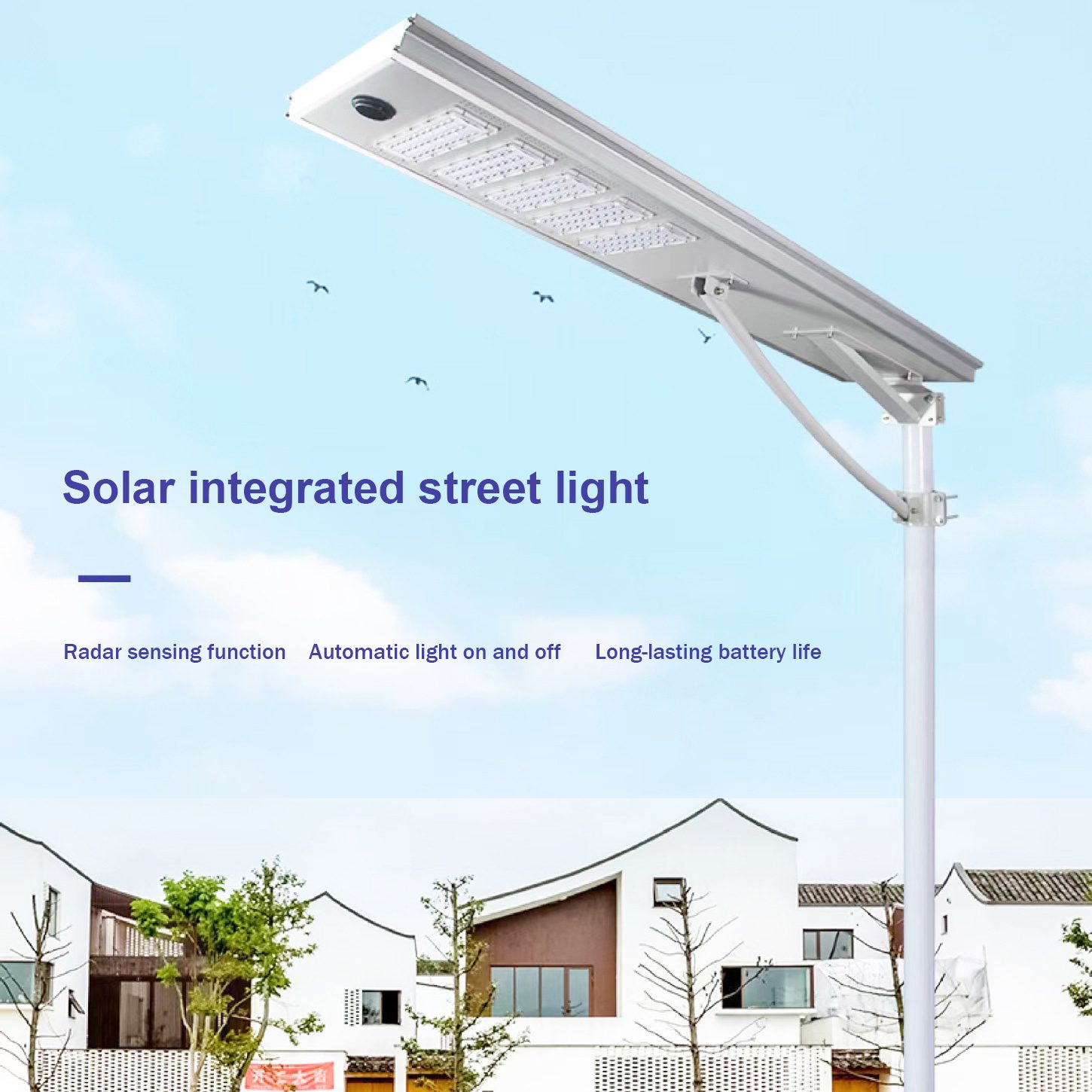Solar street light are an eco-friendly and energy-efficient lighting solution that is increasingly being installed on roadsides across the globe. Once these lights are installed, they require regular maintenance to ensure optimal performance and longevity. Here are some simple maintenance steps to follow:
Secure Components: Ensure all fixed components such as solar panels, battery panels, and lamp holders are securely fastened. Check the picking arms of the lamp holder, raise the support arms, and fix them to the main pole. Insert the cables into the control box and battery box.
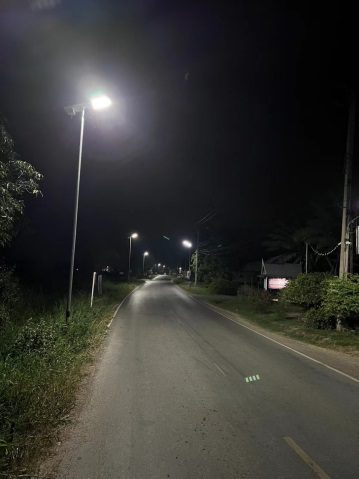 |
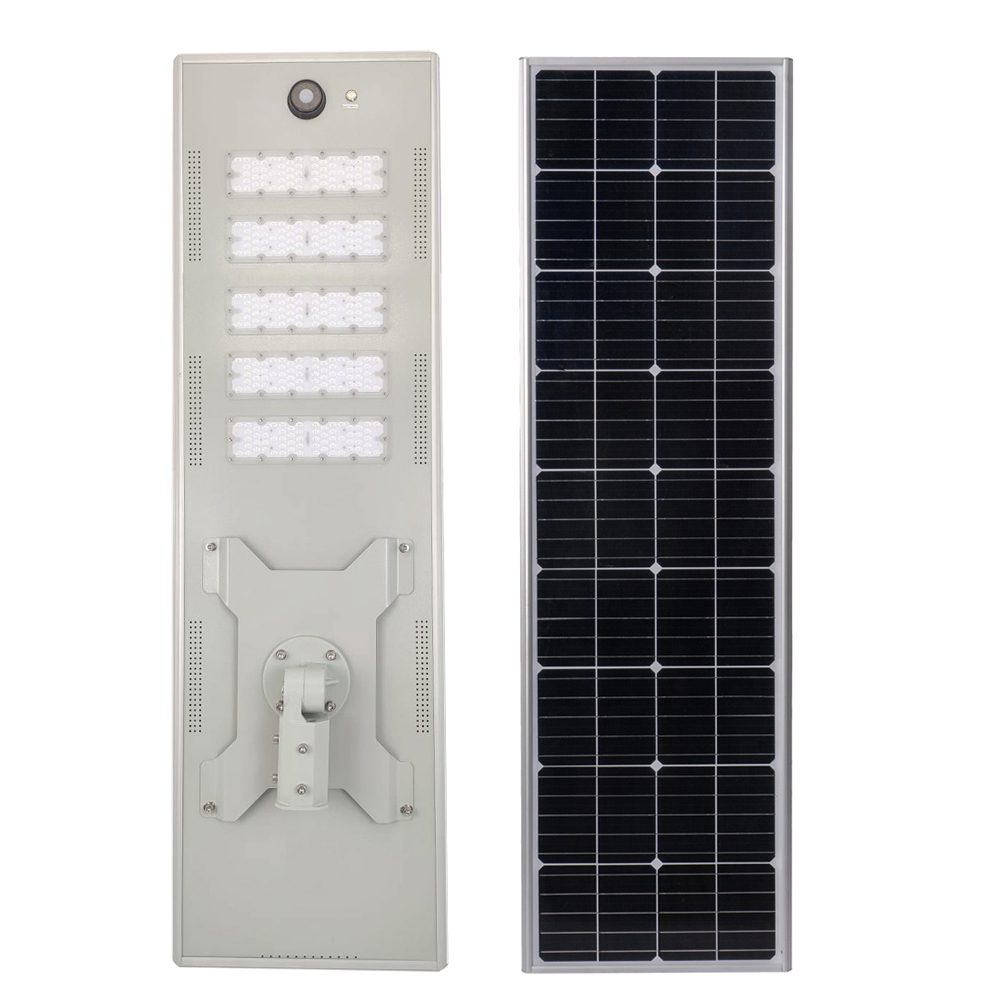 |
Safety Precautions: Pay attention to safety measures while handling the lifting poles. Ensure that all screws are tightly fastened and components are correctly aligned. Adjust the orientation of the solar panels towards the south for optimal sunlight exposure.
Check Fasteners: Before lifting the poles, inspect the fasteners to ensure their strength and integrity. Verify that the lamp fixtures are correctly installed and in normal working condition. Perform a quick system test by releasing the control cable connected to the solar panels. Observe any changes in the controller’s indicators.
Battery Installation: Install the batteries into the battery box, making sure to connect them to the controller via the connecting wires. It is crucial to use batteries that can withstand the load and ensure proper polarity connections at each terminal. Incorrect connections may damage the controller.
System Test: After a successful system test, release the control cable, connect it to the solar panel, and closely monitor the indicators on the controller. Before closing the control box, test the system thoroughly to identify and rectify any potential issues.
By following these simple maintenance steps, you can prolong the lifespan and optimize the performance of your solar LED street lights. Regular cleaning, checking connections, monitoring battery status, and verifying the functionality of components are essential for trouble-free operation. Remember to adhere to specific product requirements and environmental conditions for more detailed maintenance and inspection activities.

